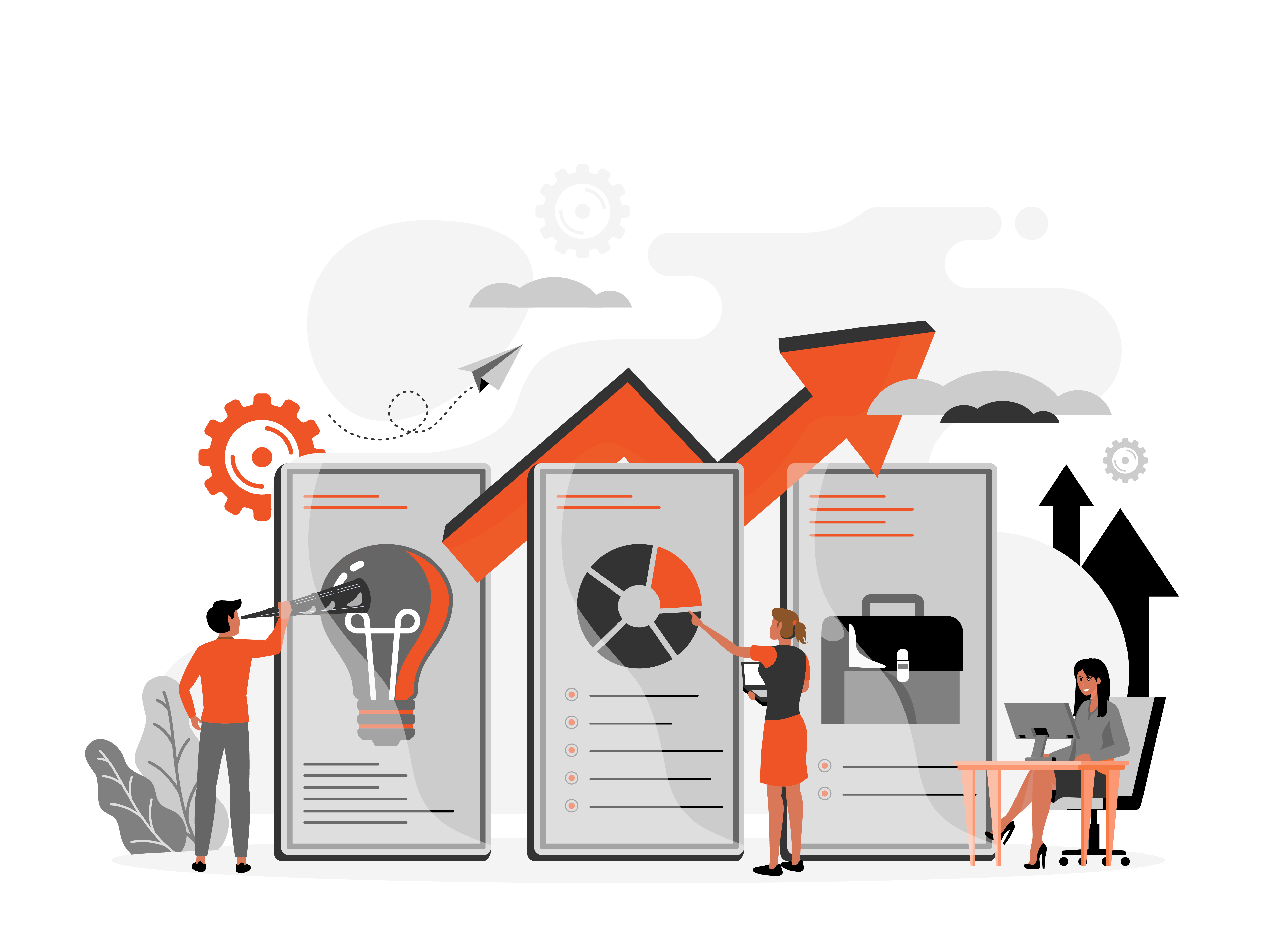
(This is the second in a series of three posts by REEA Global examining the startup journey from MVP to full-scale product, with real-life examples). Also read our first article: The Startup Guide to the MVP and Beyond.)
Since MVP became a startup must-have, the market for software products has changed dramatically. Digitally savvy customers are no longer prepared to accept poorly designed products and expect great functionality from new applications. There is a lot more pressure on startups to make a good impression the first time around.
What this means is that the focus, particularly when it comes to consumer apps and digital products, has shifted more towards UX – and tech companies have to pull out all the stops to present early adopters with a “wow factor” even in the very first versions of their products.
An MVP by definition does not include the UX element, because it is limited to the minimum viable product and as such, clearly isn’t aimed at blowing customers away. The conundrum for entrepreneurs in the tech space is that the traditional MVP approach could sometimes simply not be good enough because end-users expect a great experience right from the outset. You don’t delight customers with product development, but with a great product.
Brandon Schauer’s well-known cupcake model is a good analogy to illustrate this problem. He says that just like a cupcake is a better and more desirable MVP for cake than a bowl of flour, the MVP should always communicate the value of the product. He emphasizes the importance of presenting the user with a complete experience every step of the way.
This has led to an expansion of or variation on the MVP theme, the MDP – Minimum Delightful Product, first coined by serial entrepreneur Adam Berry in his blog Startup Blender.
An MDP is also a minimum product, but the goal shifts because in an MDP the goal is to optimize for UX (delight) rather than only focusing on core features and time to market. The concept behind an MDP is that users only fall in love with products that truly delight them and they are much more likely to share their experience with friends once they’re truly smitten – leading to faster adoption, better word of mouth and higher satisfaction.
In an interview with Firstround.com, Jiaona Zhang, product manager for top brands such as Dropbox, Airbnb and WeWork and lecturer at Stanford in product building, talks about the idea of a minimum lovable product, which is similar to MDP. “The minimum viable product was appealing because it was cheap, and you could get it to market faster. But we’ve advanced past a world where products are the ‘first of X,’” she says.
Because of stiffer competition, particularly in the digital world, MVPs are not cutting it anymore, she says, stressing the need for startups to strive toward a minimum lovable product instead.
If you are only relying on the MVP – the fastest and cheapest functional prototype by definition – you risk not testing a flawed or poor version of your product, rather than the real deal.
What is clear is that creating an MDP is not as easy as it sounds. It isn’t about adding a few shiny features to your MVP, but instead demands a much deeper understanding of what it is that will make users fall head over heels for the first version of your product.
It should take the product beyond being merely functional or useful to be truly valuable and loved, right from the onset, which takes a much higher level of understanding of your end-user.
The difference between the MVP and MDP is that even if you’re still honing in on only one or two features, these are the features that will truly delight the user.
MDP focuses on:
Former Apple chief evangelist Guy Kawasaki, whose MVP philosophy is closer in definition to the MDP or Minimum Lovable Product, has said that the physical MVP doesn’t need to be perfect but it must be revolutionary. He stresses an additional five important qualities — it must be: Deep in functionality, intelligent, complete, empowering and elegant.
The question is, how can you enhance user experience while still only focusing on one or two essential features? Does the MDP replace the MVP? The short answer is: No. You need a holistic approach or combination of the MVP and MDP approaches. While MVP aims to learn if a product or service is heading in the right direction in the cheapest, fastest way possible, UX design delivers a full product with limited functionality. Instead of a mediocre product, the product now has the potential to delight. Both approaches should be incorporated and they should be seen as processes in the startup’s journey to produce the best possible product.
Once the MVP or MDP has been in the market for a while and valuable client feedback has been ploughed back to fine-tune the offering, there could be many challenges, as well as opportunities. Knowing how and when to act quickly and effectively to grow into the next stage could make all the difference between a successful product at the end of the road.
Education technology platform InferCabulary realized through early feedback on their MVP that they were potentially onto a much bigger opportunity than they’d thought.
The platform uses an innovative concept called semantic reasoning to help educators teach vocabulary in a way that has been proven to work better than traditional memorization methods.
The founders raised early capital to build their MVP, and used early client feedback to refine the MVP and grow sales, but it soon became clear that the platform needed to be adjusted to accommodate a growing demand from larger companies.
This is where REEA stepped in to help them capitalize on the opportunity.
Infercabulary co-founder and head of IT Deena Seifert says: “On a very tight timeline, REEA Global helped us to document, organize, and execute the upgrades required to onboarding larger clients, making suggestions along the way that might improve the outcomes.”
If you are not sure how to create an MVP or MDP or if you need help with the next stage of the MVP development, our team at REEA Global is highly experienced in helping startups along the journey from MVP and MDP to releasing the best possible product to the market.
REEA Global is a full-service, international team offering software development, analytics, and data transformation from concept to launch. In addition to having a large team, providing instant scalability, all US clients work with a local partner-level lead who has launched dozens of products, started companies, and sold companies.
Also read the third post in our three-part series: When to scrap the MVP and do a rewrite with real-life examples
In the high-stakes world of private equity, effective post-acquisition integration is crucial for maximizing investment value.This complex task involves more than just merging financial statements; it requires a comprehensive blending of systems, cultures, and operational strategies.
